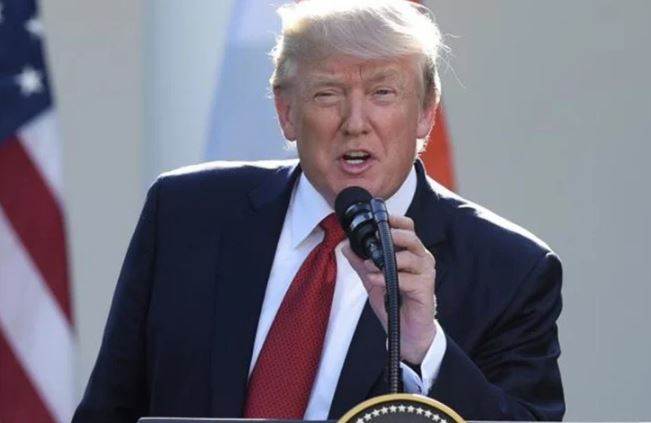
10-Jun-2020
Why Donald Trump Wants India To Join G-7 ?
The current US president Donald Trump has earned a considerable reputation of being unpredictable, uncertain and overbearing. Both his friends and enemies alike have taken the brunt of his sharp comments and tweets made in front of the camera several times. But Indian Prime Minister Modi has established a warm personal relationship with Donald Trump.
Along with the support of India by US Secretary of State Mike Pompeo and President Donald Trump on the ongoing tensions along the Indo-China border in Ladakh and Sikkim, another news came that the US President has given Prime Minister Modi the G-7 to be held in America this year Countries invited to the summit.
Russia, South Korea and Australia are the other newly invited countries. The US, Japan, India and Australia are already members of the Quad (Quadrilateral Security Dialogue). The expansion of the quad is also discussed in view of China's concerns and apprehensions.
Accepting the invitation, Prime Minister Modi called Trump's initiative to expand the G-7 as constructive and forward-looking and said it was reflecting the realities of the world after Covid-19.
Symbolically, this invitation for India to attend the next G-7 summit is the largest initiative shown by the US to India since the 2005 civil nuclear deal. While the nuclear deal ended decades of nuclear discrimination with India, the G7's invitation is a clear message to the international community, particularly to China, about how the US sees India's global and regional role is. India should take advantage of this unprecedented sign of America.
A week ago, Trump said that the current form of the G-7 is "outdated". His clear implication was that to make the G-7 effective it needed to be reformed. Who can object to such a rational and rational view?
But if the idea was to make the G-7 more relevant by including the world's economically, militarily and politically influential and emerging nations, how can China be excluded from it, the world's second largest foreign exchange reserve? Is an economy and the biggest trading force? Can the expanded G-7 reflect the realities of the post-Kovid-19 world by keeping China out?
Is this effort to unite the world and deal with shared global challenges in a coordinated manner, or to divide the world by forcing various countries to choose between the US and China? Most of the countries would not like to have such an option. Would President Trump like to be remembered as the architect of unity or the divider of the global community?
Now that the presidential election battle is barely six months away, the White House's lasting legacy is far from Trump's mind. Fortunately, he has the support of both parties against China and also has wide support from the people, which will help him in campaigning for re-election.
So is the idea of expanding the G-7 by including some friendly countries a part of a larger strategic vision? Are we seeing a new international order taking shape? Or it is Trump's short-term strategic move to shine his fortune in an election due in November this year.
READ HERE MORE : Why China Backed Off IN LAC Ladakh ? 3 Quick Reasons To Understand
The US President himself has seen with his own eyes the popularity of our Prime Minister in the Howdy Modi program among Indian-Americans. Clearly, Modi's invitation to the G-7 summit not only puts India in the ranks of the world's wealthiest and developed countries, but it will also give Trump the broad support of Indian-American voters!
However, given Trump's inconsistent and completely disengaged record, it would be better for India not to be overly enthusiastic, but to carefully consider the overall positive impact of his entry into the club G-7.
At a thanksgiving rally in Florida after winning the election, Trump had publicly announced that he would be India's best friend in the White House. But he rejected Modi's import duty cut on Harley Davidson motorcycles.
A few months later, he described India as the 'Tariff King' of the world. And after inviting India to the summit of G-7 countries, they have included India in the group of countries against which the US Trade Representative (USTR) has started an investigation under Section 301 for unfair trade Practices are following. India has imposed a two per cent equalization levy / digital service tax on companies like Amazon, Google, Facebook and Netflix, which has upset the US.

Content Writer/Journalist
I am a content writter !
Join Our Newsletter
Subscribe to our newsletter to receive emails about new views posts, releases and updates.
Copyright 2010 - 2026 MindStick Software Pvt. Ltd. All Rights Reserved Privacy Policy | Terms & Conditions | Cookie Policy